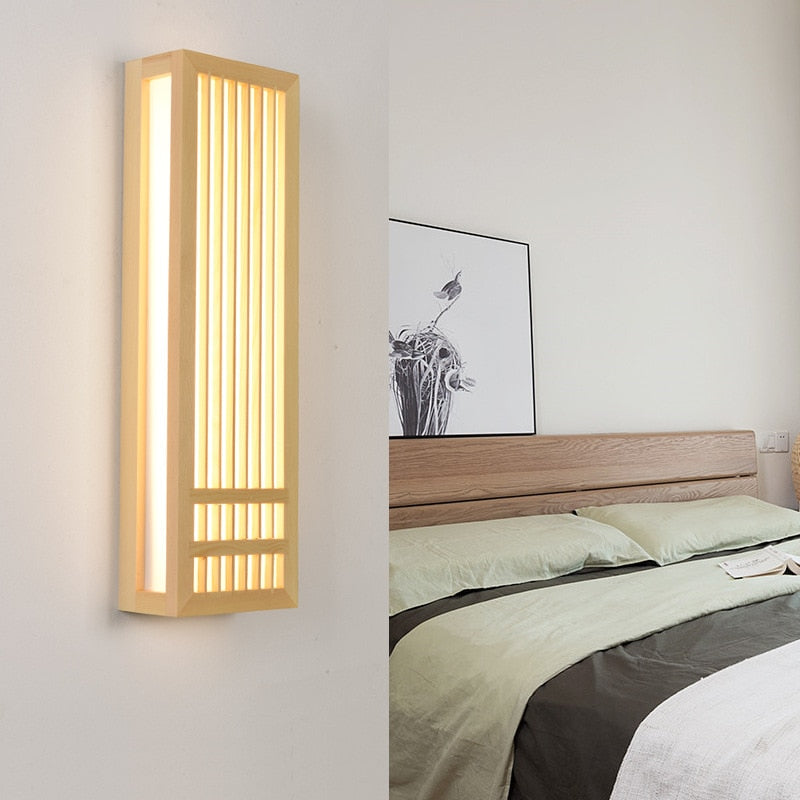
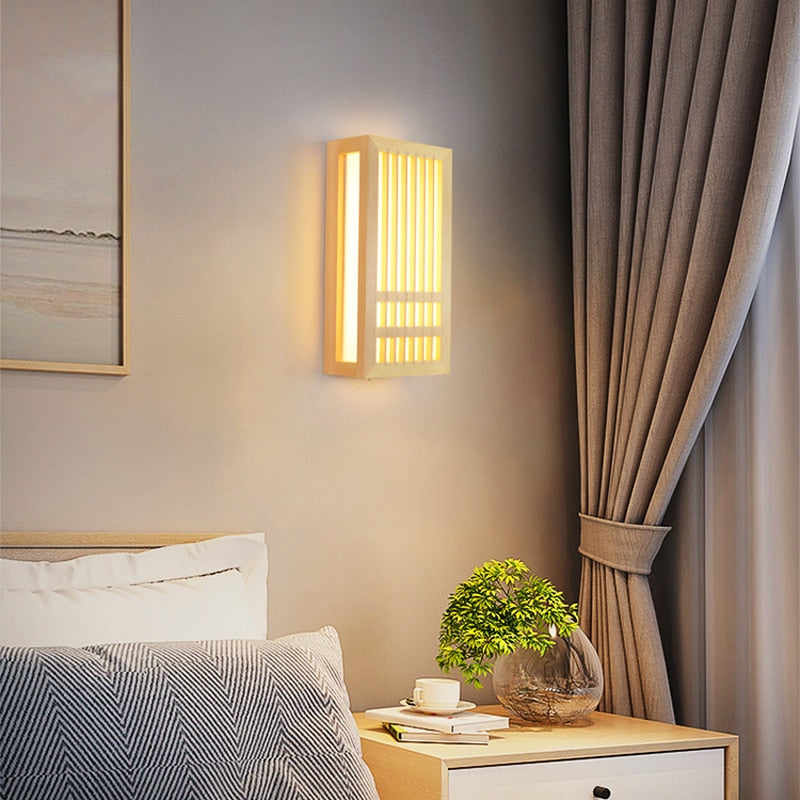
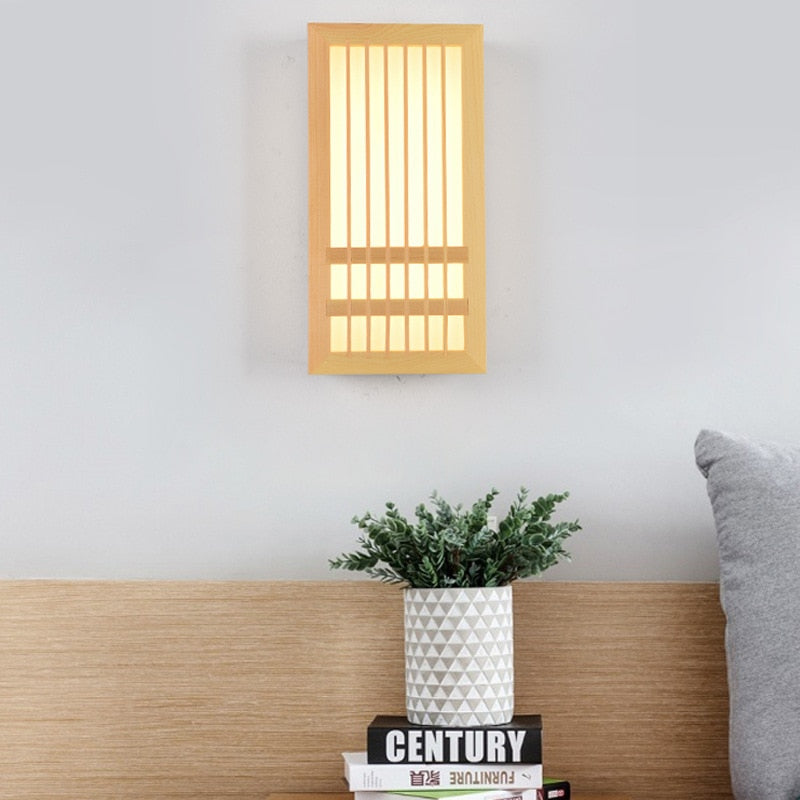
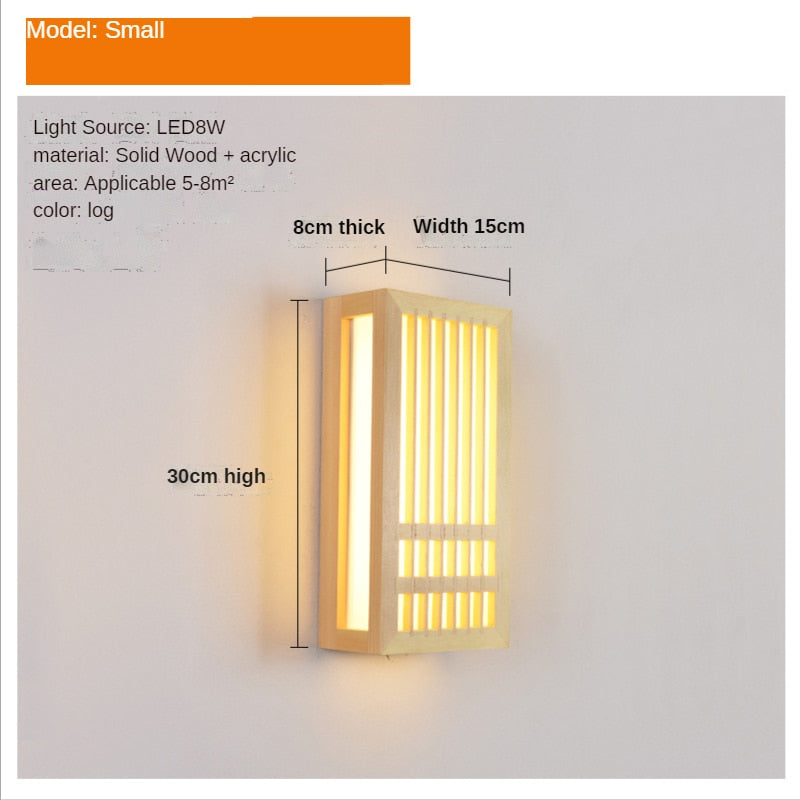
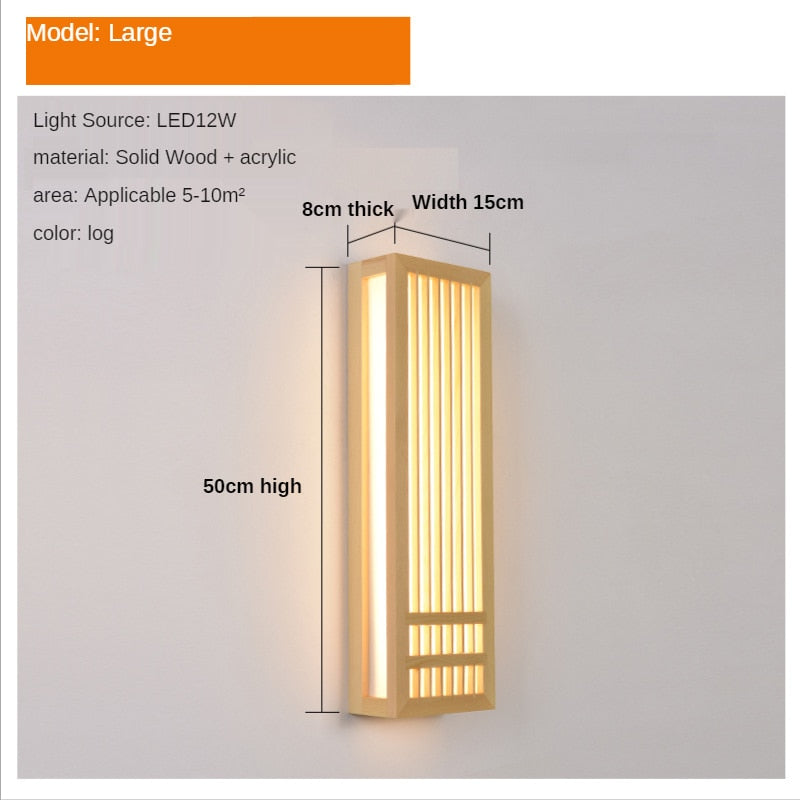
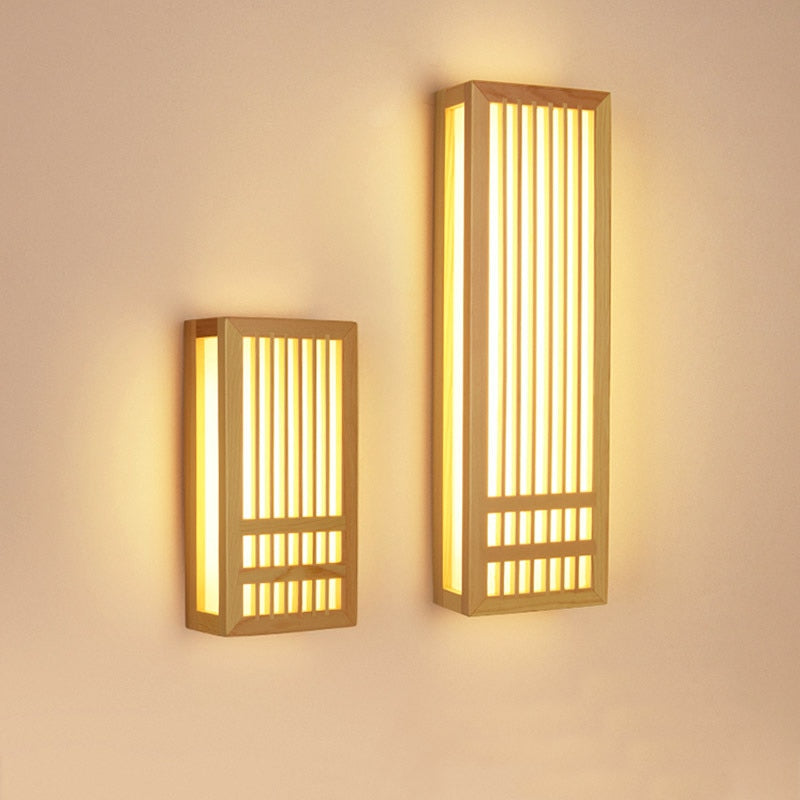

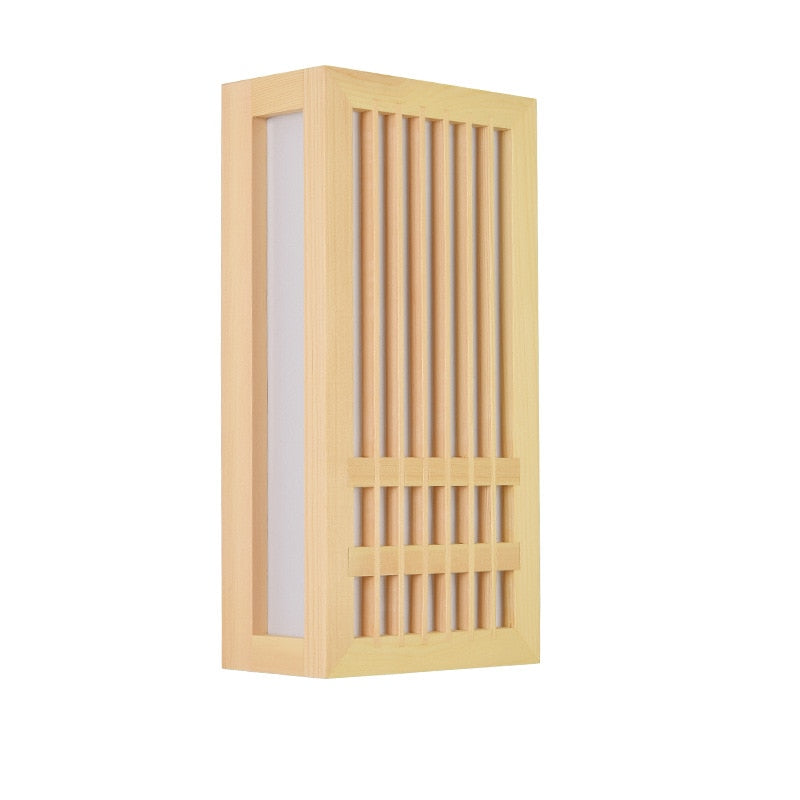
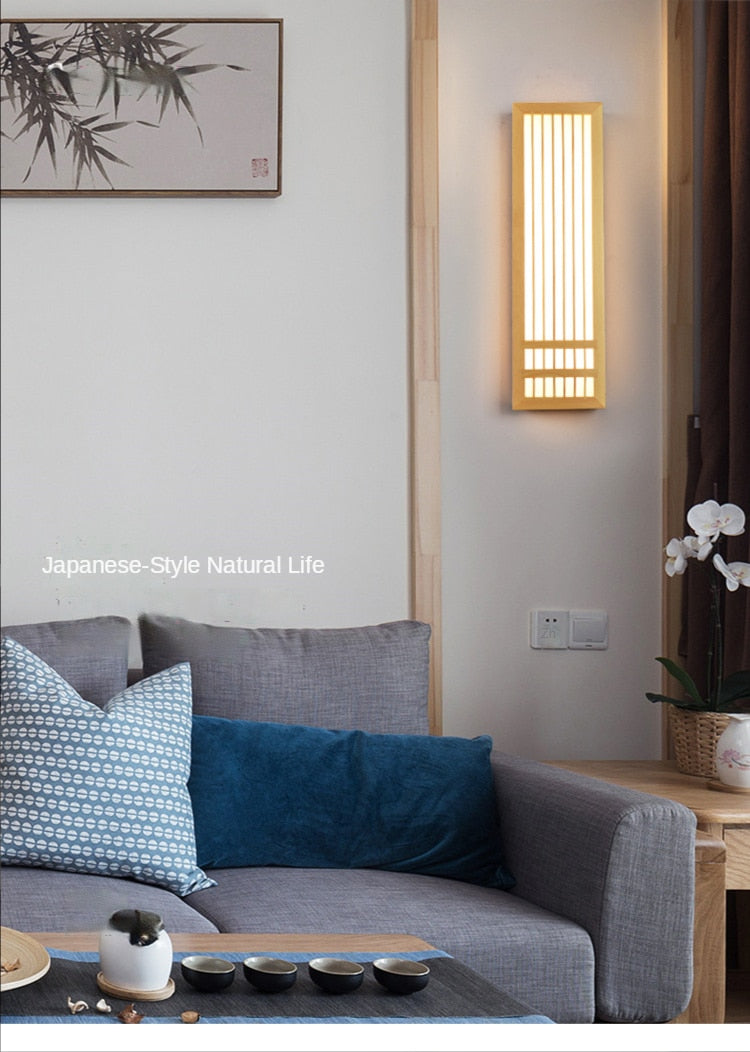
NATURAL LIGHT LIVING ROOM |BAMBOO WALL LAMP |WALL LAMP 1099
Description
A natural light living room is designed to maximize the entry of natural sunlight, creating a bright, airy . These windows are often strategically positioned to capture the best angles of natural light throughout the day. They can be floor-to-ceiling, bay windows, or multiple smaller windows arranged to optimize the sunlight. Sunlight Illumination: Natural light fills the room, providing an even and diffused illumination that enhances the colors and textures of the space. Sunlight creates a warm and inviting atmosphere and helps reduce the need for artificial lighting during daylight hours. Window Treatments: While the goal is to maximize natural light, window treatments are still important for privacy and light control. Sheer or translucent curtains, blinds, or shades are often used in a natural light living room. These treatments allow sunlight to filter through while providing a level of privacy and reducing glare. Reflective Surfaces: To maximize the effect of natural light, reflective surfaces are strategically placed in the living room. Mirrors, glass tables, and glossy finishes on furniture or accessories help bounce light around the room, creating a sense of spaciousness and further amplifying the natural light.
About
A natural light living room is a space designed to maximize the entry of natural sunlight, creating a bright, open, and inviting atmosphere. Here's some information about a natural light living room: Windows and Skylights: The primary feature of a natural light living room is the presence of ample windows and skylights. Large windows are strategically placed to capture sunlight throughout the day, while skylights bring in additional overhead light. These openings allow for a generous amount of natural light to flood the space, creating a warm and welcoming environment. Orientation and Placement: The orientation and placement of the living room in relation to the sun's path are essential considerations. South-facing windows typically receive the most sunlight throughout the day, while east-facing windows provide morning light and west-facing windows offer afternoon light. Sheer or lightweight curtains, blinds, or shades are popular choices, allowing sunlight to filter through while maintaining a level of privacy.
Specifications of natural light living room
When it comes to specifications for a natural light living room, there are several factors to consider to optimize the space for maximum natural light. Here are some key specifications to focus on:
-
Window Placement and Size: Consider the placement and size of windows in the living room. Position windows strategically to capture the most sunlight throughout the day. Large windows or multiple windows can help maximize the entry of natural light into the space.
-
Window Treatments: Select window treatments that allow for the control of natural light while still preserving privacy. Sheer or translucent curtains, blinds, or shades can be used to filter the sunlight, reducing glare without blocking it entirely. Consider the opacity and adjustability of the window treatments to allow for flexibility in controlling the amount of light entering the room.
-
Window Glazing: Opt for windows with efficient glazing. Double or triple glazing, low-emissivity (low-E) coatings, or other energy-efficient technologies can help reduce heat loss or gain, increase insulation, and optimize the amount of natural light transmitted into the room.
-
Light-Reflecting Surfaces: Incorporate light-reflecting surfaces in the living room to enhance the natural light. Mirrors, glass tabletops, glossy finishes on furniture, or light-colored walls can help bounce sunlight around the room, creating a brighter and more spacious feel.
-
Light Colors: Choose a light and neutral color palette for the walls, ceiling, and flooring. Light colors, such as white, beige, light gray, or pastel tones, help reflect and amplify natural light, making the room appear brighter and more airy.
Worldwide shipping is now free for all orders.
We pack all orders by hand within 3 business days of ordering and we ship them the next business day. You will receive tracking info by email as soon as we ship your order.
9-15 business days delivery
Big items may take longer due to manufacturing and logistics time.
We offer a no-hassle 30-day refund policy on all our products. If you dont like your order due to any defect return them for a full refund, no questions asked.
Choose options










 SHIPPING INFO
SHIPPING INFO REFUNDS & RETURNS
REFUNDS & RETURNS
